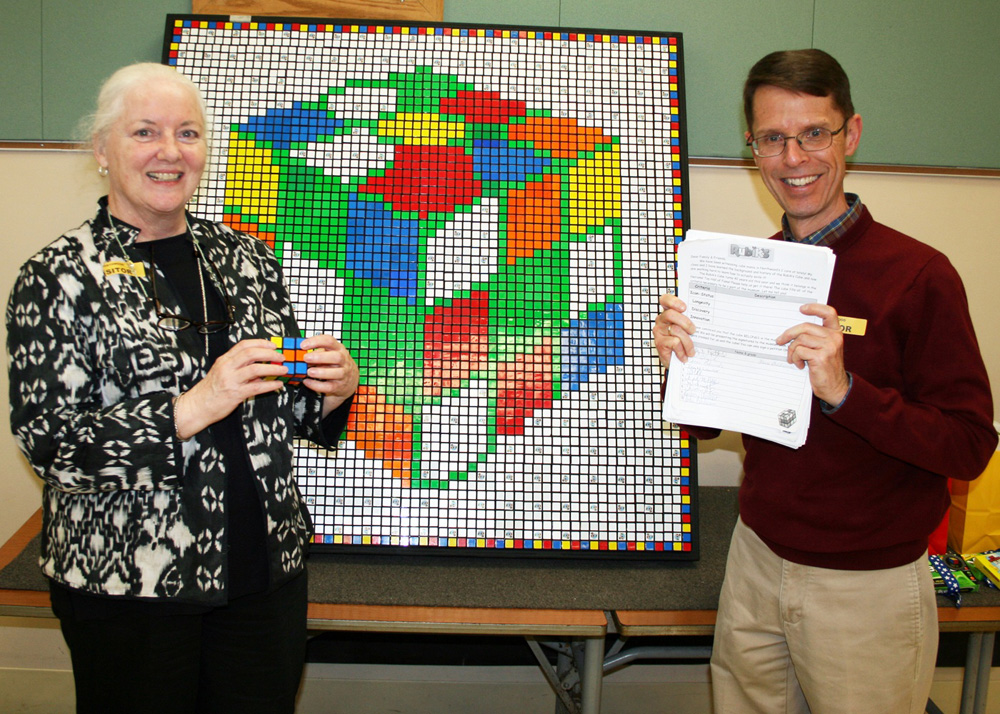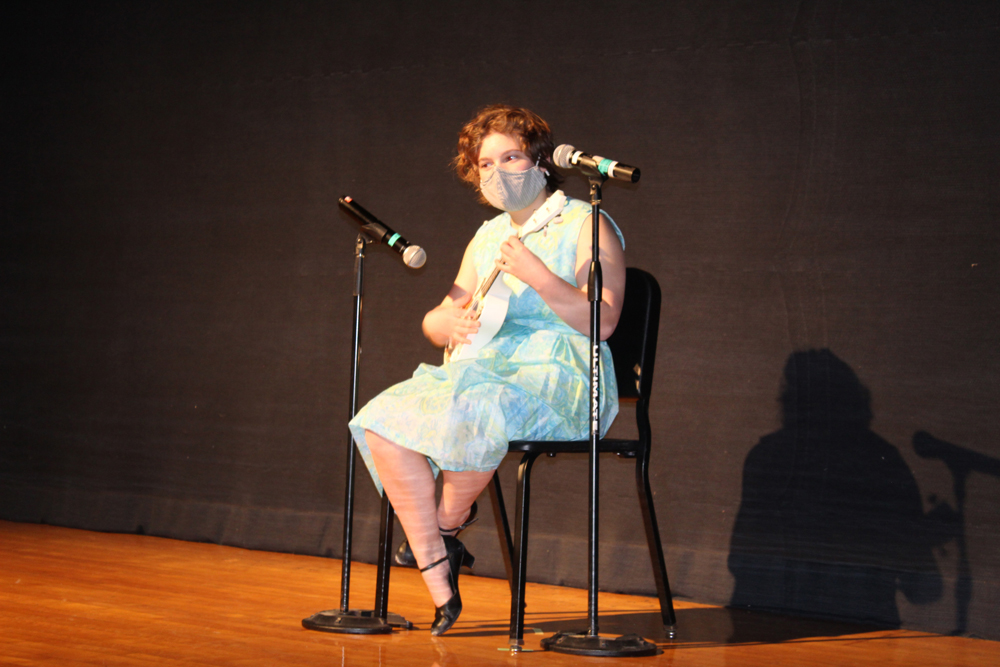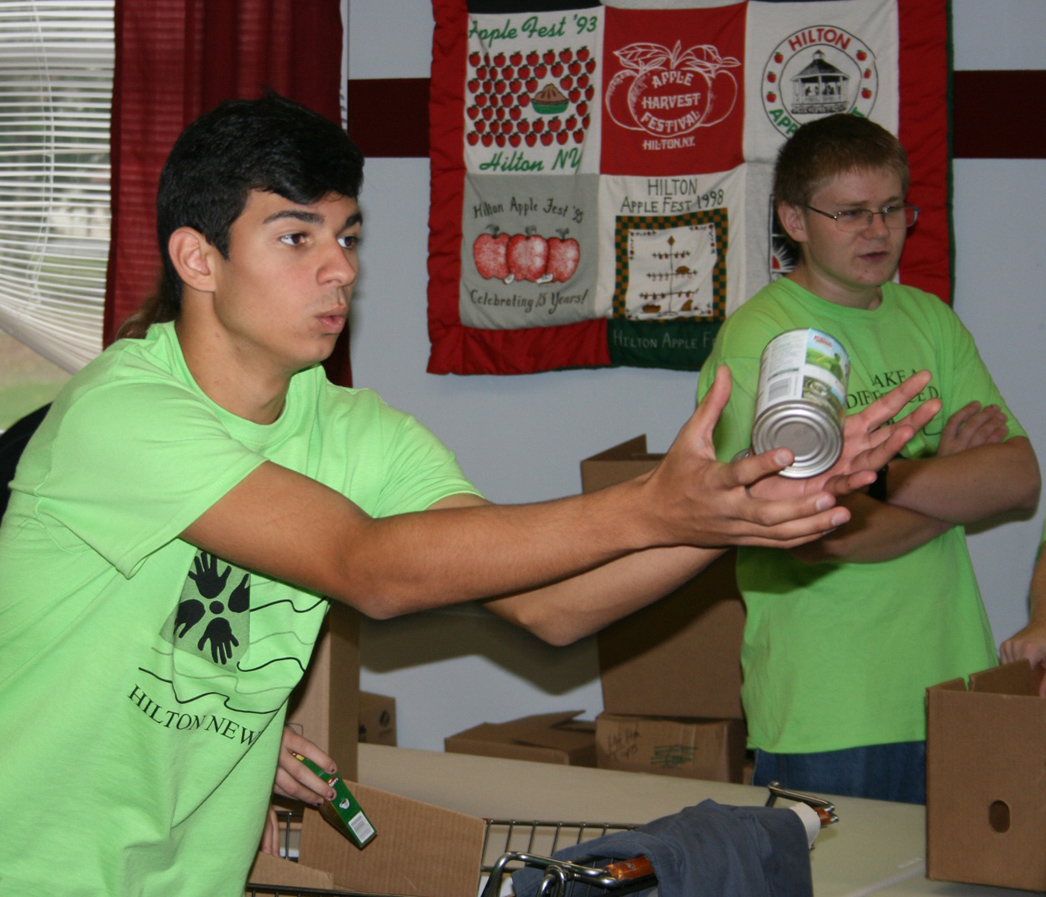Northwood Elementary celebrates the Rubik’s Cube

Students and staff at Northwood Elementary School recently celebrated the Rubik’s Cube’s 40th birthday with a big cake and competitions to see who could solve the Cube in the quickest time. But that was just the tip of the iceberg. The students have been gathering signatures on a petition to get the toy nominated for the National Toy Hall of Fame and presented over 1,000 signatures to Christopher Bensch, vice president for collections and chief curator at The Strong National Museum of Play.
“This is more nominations than we’ve gotten for a toy in a long time,” said Bensch. “We had more than 300 nominations last year and the most was 50 for one toy.” The Strong will put the nominations with any others that are received for the Rubik’s Cube and a team will decide on 12 nominees. The winning toys are announced the first Thursday in November.
Last November, two sixth-grade classes worked in groups to pick a toy that they thought should be inducted, conducted research and then presented their argument to a panel of judges that included Patricia Hogan, curator for toys, dolls, sports equipment, and textiles at The Strong. The presentation included criteria set by the Hall of Fame – icon status, longevity, discovery and innovation. The Rubik’s Cube won, which began the process that involved six teachers and 160 students.
The project caught the attention of the You CAN Do the Rubik’s Cube Program, a community outreach program designed to teach America’s youth how to solve the Rubik’s Cube. They sent “You Can Do the Rubik’s Cube” T-shirts, kits that include Cubes, solution guides and medals, and loaned 600 cubes that were used to create a giant mosaic of a Rubik’s Cube. The mosaic project was headed by Laurie Steele-Sperber, art teacher.
Students and staff worked on solving the Cube and beating their times throughout April. Competitions were held during the birthday celebration and Quinn Hyatt, a junior at Hilton High School who can solve the Cube in 16-28 seconds, passed along pointers. The top three times were Mason Mashiotta with 57.96 seconds, Marijane Brickler with 1:48.97 and Julia Bettim with 2:28.44.
Holding the Rubik’s Cube, twisting and turning the parts, can help children of all ages grasp important math concepts including area, perimeter, volume, angles, algorithms and enumeration, among many other geometry and algebraic topics. Some teachers even use the Rubik’s Cube to teach life lessons and 21st century skills such as focus, following directions, memorization, sequencing, problem solving, critical thinking and perseverance.
Provided information and photo




